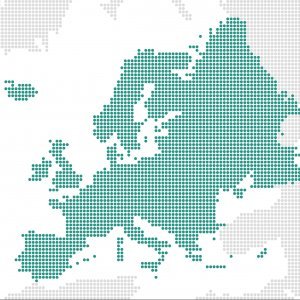
The 5-year EU-funded project IMPRESSIONS, which studied high-end solutions to extreme climate change, has launched a new online resource. The resource is openly available at http://www.highendsolutions.eu and twelve explanatory videos are available to view on YouTube.
The project modelled what a future above 2°C could look like and identified decisions we can take to help reduce the impacts of such high-end climate change. Five detailed case studies were carried out in Europe, Central Asia, Hungary, Scotland and Iberia.
“We need considerably greater mitigation efforts to achieve the Paris Agreement target, and so it is important that we also prepare for the consequences of high-end climate change.” explains project co-ordinator Prof Paula Harrison, Centre for Ecology and Hydrology (CEH), UK.
“Our research shows that concerted and coordinated action is needed at all scales and in all sectors to develop and implement pathways for adaptation, mitigation and transformation towards sustainable lifestyles and economies.”
The IMPRESSIONS project provides robust knowledge about potential solutions through a new perspective - Transformative Climate Science. The project also developed sets of pathways that aim to move society towards visions of a sustainable future. These pathways have been developed by combining stakeholders’ knowledge and expertise with detailed qualitative and quantitative analysis. Each pathway considers both climate change and its wider impact on other global challenges, economies and human wellbeing.
Jill Jäger, Independent Consultant for IMPRESSIONS, describes the solutions the project identified: “The work in IMPRESSIONS demonstrates the need to promote integrated and sustainable resource management: shifting towards context-sensitive, multi-functional and efficient resource management for environmental protection, resource security and European self-sufficiency.
Profound innovations in technologies, infrastructure and land-use are needed to shift towards low-carbon, sustainable and resilient societies. This encompasses innovative high-tech as well as low-tech solutions. Nature-based solutions should be strengthened as a way to provide cost-efficient co-benefits for adaptation, mitigation, the environment and people.”
